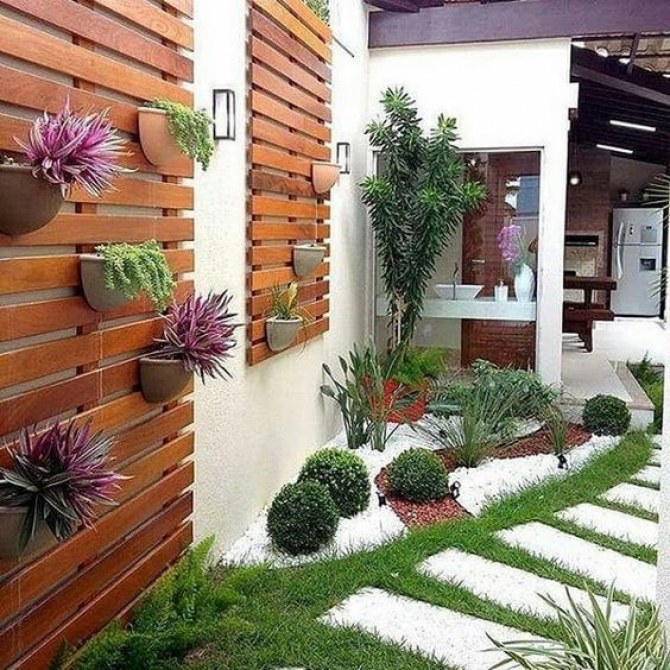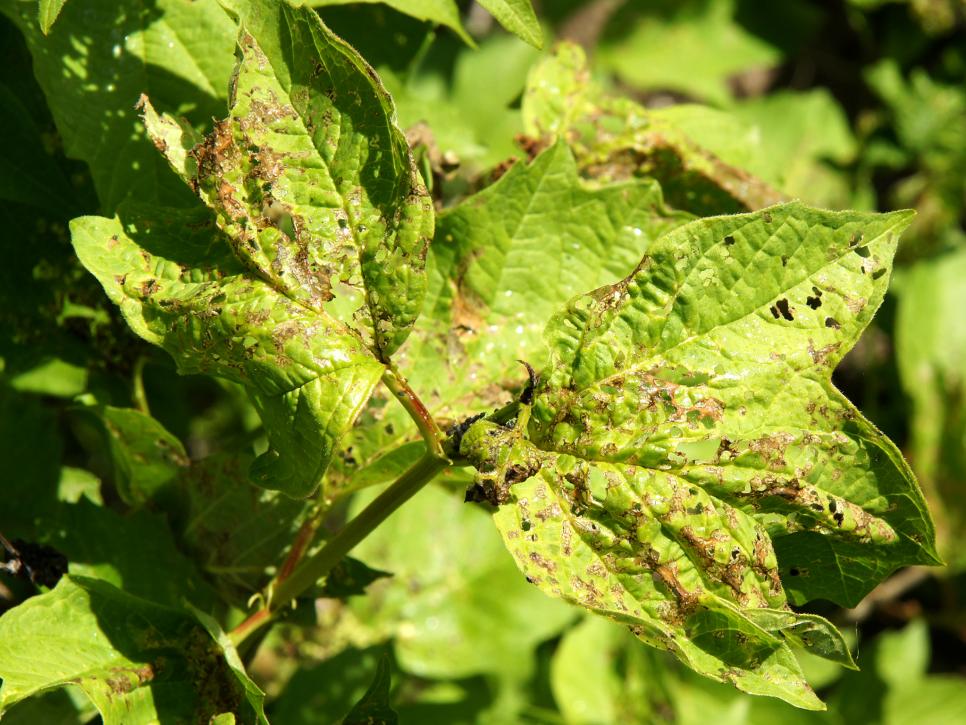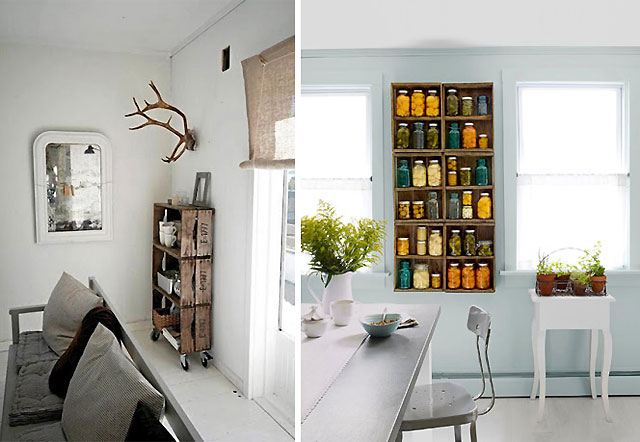Baking soda is used in cooking, in cosmetics, and for house maintenance. But its role does not end there: baking soda to have a healthy garden indoors or outdoors can be used as well. Keep reading because here we will give you 17 tips on how to use baking soda in the garden that you will find very useful.
17 uses of baking soda for a healthy garden
100% ecological, baking soda can be used at any time of the year and in every corner of the garden. It is biodegradable and non-toxic. It can be a mild replacement for the pesticides, fertilizers, and other chemicals you use in your garden. Follow these tips and keep your garden and plants free of pests and toxins.
1. Baking soda as a plant cleaner
It is important to regularly clean the foliage of your indoor plants to remove dust and grease, to promote photosynthesis. To do this, we recommend that you move carefully over the surface of the leaves (up and down), a soft, lint-free cloth moistened with a solution of water and baking soda (a pinch of baking soda in a liter of water) .
2. Clean the garden furniture
Add 1/2 cup of baking soda and 1 tablespoon of dishwashing liquid to a gallon of warm water. Take a sponge and clean the garden furniture with it and then rinse with clean water.
3. Give plants a boost with baking soda
Mix together 1 teaspoon of baking soda, 1/2 teaspoon of clear ammonia, and 1 teaspoon of Epsom salt in a gallon of water. Mix well and give each plant about a quarter of the solution. This solution will work as a fertilizer, plants that look dull and slow growing will perk up, rejuvenate their growth and turn a lush green.
4. Keep the smell of compost away
To keep the compost pile odor under control, use a small amount of baking soda to eliminate the odor. This helps prevent acidity build-up.
5. Clean the toilet and bird pots
To clean the bird dish, sprinkle baking soda over it and wipe with a damp cloth. After cleaning, rinse well and allow it to dry completely.
6. Get rid of slugs
Do you want to get rid of slugs? Just sprinkle baking soda over them.
7. Encourage plants to bloom
Dissolve 1 tablespoon of baking soda in 2 quarts of water and use this to water your flowering plants to encourage flowering.
8. Sweeter tomatoes
Sprinkle a small amount of baking soda around the base of your tomato plants. The baking soda is absorbed into the soil and lowers the acidity level of the tomatoes, thus giving it a sweeter taste.
9. Acidic soil
If you have acidic soil, sprinkle a small amount of baking soda on it (application rate varies by pH level). By digging, mixing and adding water and re-evaluating your soil after a few days. Do this in a small area first. You will be impressed by the results: Less weeds, more flowers and a healthy, high-yielding garden.
10. Eliminate cabbage worms
Mix equal parts flour and baking soda and sprinkle that mixture on the infected plants. The worms that inflict on your crucifers will ingest the powder mixture while eating the leaves and will soon die.
11. Soil pH test
Take some dirt on a plate and make it muddy. Sprinkle a small amount of baking soda over it. If the combination is bubbling, your soil is acidic.
12. Use baking soda as a pesticide
Use baking soda to effectively reduce infestations by many insects such as aphids, scales, and spider mites. They will not all die, but it will have a repellent action and will stop its progress.
Mix 1 teaspoon of baking soda and 1/3 cup of olive or mustard oil. Measure 2 teaspoons of this mixture and add to 1 cup of water. Mix everything together well and spray on the infected plants.
13. Prevent mold and other fungal diseases
Sprinkling the baking soda on the leaves makes the surface less acidic and limits the ability of the fungal spores to grow. To prepare this, mix 1 teaspoon of baking soda and a few drops of liquid soap in 1 liter of water and spray the solution on the infected plants.
This preventive and curative treatment is effective in the garden, on fruit trees, rose bushes, vines and climbers and flowers.
14. Baking soda weed fulminates for a healthy garden
To effectively fight the weeds that invade the walkways, borders and beds of the garden in an environmentally friendly and economical way, baking soda is the best. It has the enormous advantage of being completely biodegradable and non-toxic.
So, you can spray on the tufts of weeds, the foliage is burned and the weeds fade and disappear in few days. It can also be used to prevent weeds; it will slow down the arrival and growth of them. It can also be used in road crevices to kill weeds .
15. Clean walkways for a healthy garden
Rinse the surface with baking soda water (30g or 2 tablespoons per liter of warm water). If necessary, add the baking soda and scrub with a brush or use a stiff-bristled broom.
Be careful not to spill the solution on lawns and flower beds: an excessive concentration of baking soda and hot water can “burn” the plants.
16. For cut flowers
To keep your cut flowers fresh for a long time, put a teaspoon of baking soda in the vase.
17. Clean dirty hands
Do you have dirty hands after gardening? Just rub baking soda on wet hands and rinse with water.
Precautions When Using Baking Soda in The Garden
- Avoid as much as possible spraying directly on flower stems and flower buds.
- When trying any homemade mix, you should always try it in a small portion.
- Also, follow the appropriate doses because too strong a combination can burn the leaves of the plants.baking soda to have a healthy garden indoors or outdoors can be used as well. Keep reading because here we will give you 17 tips on how to









